Table of Contents
In 2026, Scout Motors is set to revolutionize the American market with its debut of electric trucks and SUVs. Breaking away from the digital trend, Scout aims to offer a refreshing approach by integrating physical buttons into their vehicles, a rarity in the growing electric vehicle (EV) market. This strategic move not only sets Scout apart but also marks a departure from the conventional practices of its parent company, Volkswagen.
Reviving the American Icon Scout Motors
Scout Motors, under the leadership of President and CEO Scott Keogh and Chief Designer Chris Benjamin, unveiled their ambitious plan at the brand’s factory groundbreaking ceremony in Blythewood, South Carolina. The resurrection of the iconic Scout SUV nameplate symbolizes a commitment to heritage and functionality.
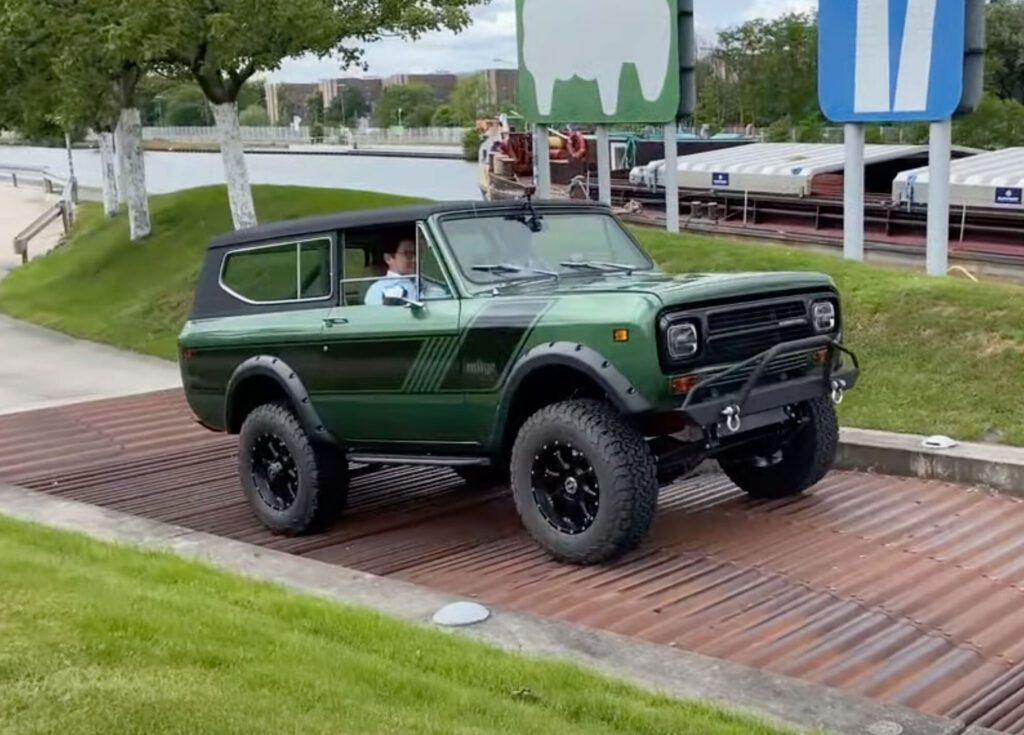
Unlike the typical digital interface prevalent in modern vehicles, Scout prioritizes tactile feedback and ease of use. Benjamin emphasizes the importance of maintaining the essence of the original Scout – a machine renowned for its reliability and functionality.
Heritage-Inspired Design
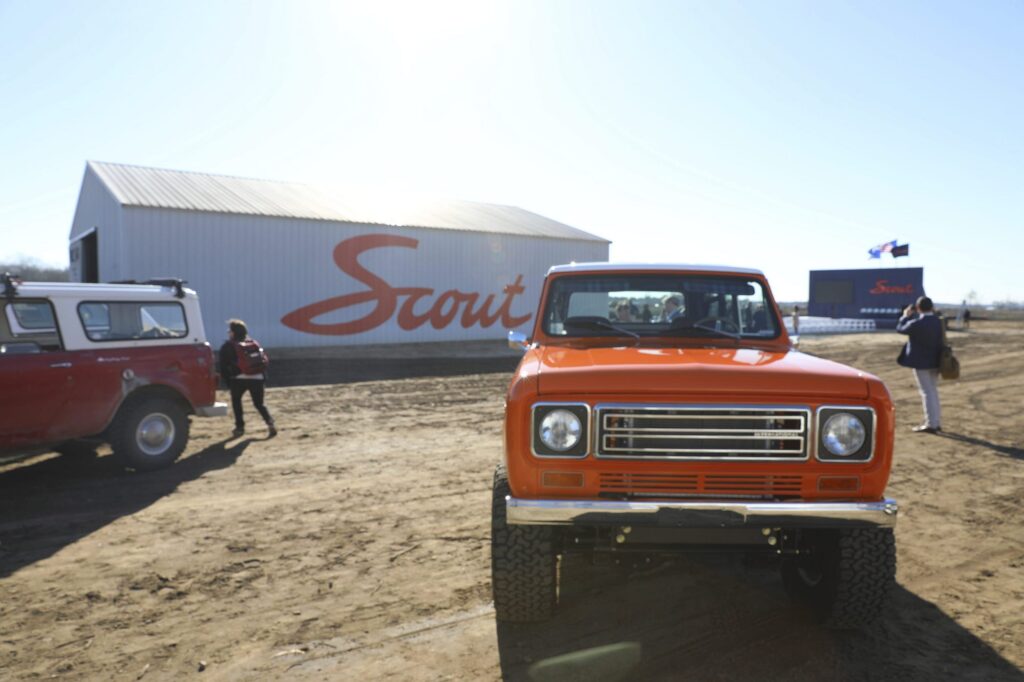
While the Scout’s design remains shrouded in secrecy, Benjamin dismisses the notion of a mere retro revival. Instead, he envisions a vehicle that seamlessly blends heritage elements with modern sensibilities. The aim is not to replicate the past but to capture its essence in a contemporary context. This approach strikes a delicate balance between nostalgia and innovation, appealing to both seasoned enthusiasts and newcomers to the Scout legacy.
The Importance of Physical Controls
In an era where touchscreen interfaces dominate the automotive landscape, Scout’s decision to incorporate physical controls speaks volumes about its commitment to driver safety and convenience. Benjamin, a key figure behind the design, acknowledges the limitations of touchscreen technology, particularly in challenging driving conditions. When navigating off-road terrains or during high-stress driving situations, touchscreen controls can become difficult to use, leading to distractions that could compromise safety.
By choosing to retain physical controls, Scout ensures that drivers have intuitive, easy-to-reach, and distraction-free options at their fingertips. This thoughtful design is especially crucial for off-road driving, where quick decision-making and precise control are essential. The focus on accessible and functional controls highlights Scout’s understanding of what drivers need in demanding environments, setting a new standard for user-centric vehicle design that prioritizes safety and efficiency over trend-driven technology.
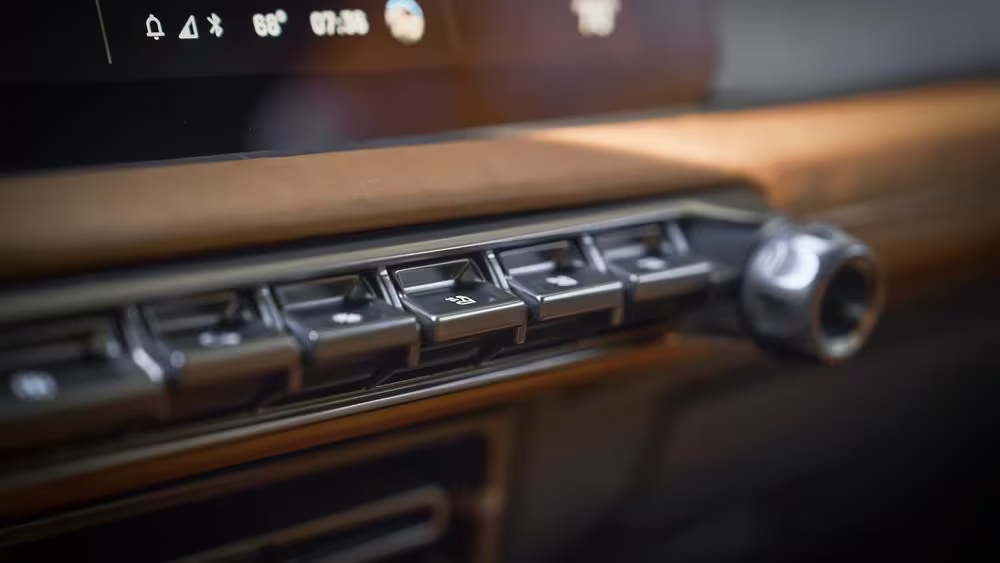
Bucking the Digital Trend
Scout’s departure from the prevailing digital trend signals a broader shift within the automotive industry. While touchscreen interfaces are often celebrated for their cost-effectiveness and futuristic appeal, they have also raised concerns regarding safety and usability, particularly in demanding driving conditions. The challenge lies in balancing sleek, tech-forward designs with intuitive controls that enhance the driving experience rather than distract from it.
Recognizing these limitations, some automakers, including Volkswagen, have begun to return to traditional controls after receiving consumer feedback about the usability issues of digital-only interfaces. Scout’s decision to prioritize proven functionality over the allure of cutting-edge digital features underscores its commitment to delivering a seamless and safe driving experience. By focusing on driver-friendly, physical controls, Scout sets itself apart as a brand that values practicality and safety above short-lived trends, positioning itself as a leader in the movement towards user-focused innovation.
Conclusion
As Scout Motors prepares to launch its electric trucks and SUVs, it heralds a new era in the automotive industry. By embracing physical controls and heritage-inspired design, Scout challenges the status quo and redefines what it means to drive an electric vehicle. With a nod to the past and an eye toward the future, Scout Motors embarks on a journey to conquer the American market and set a new standard for innovation in electric vehicles.




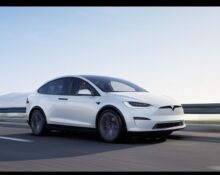
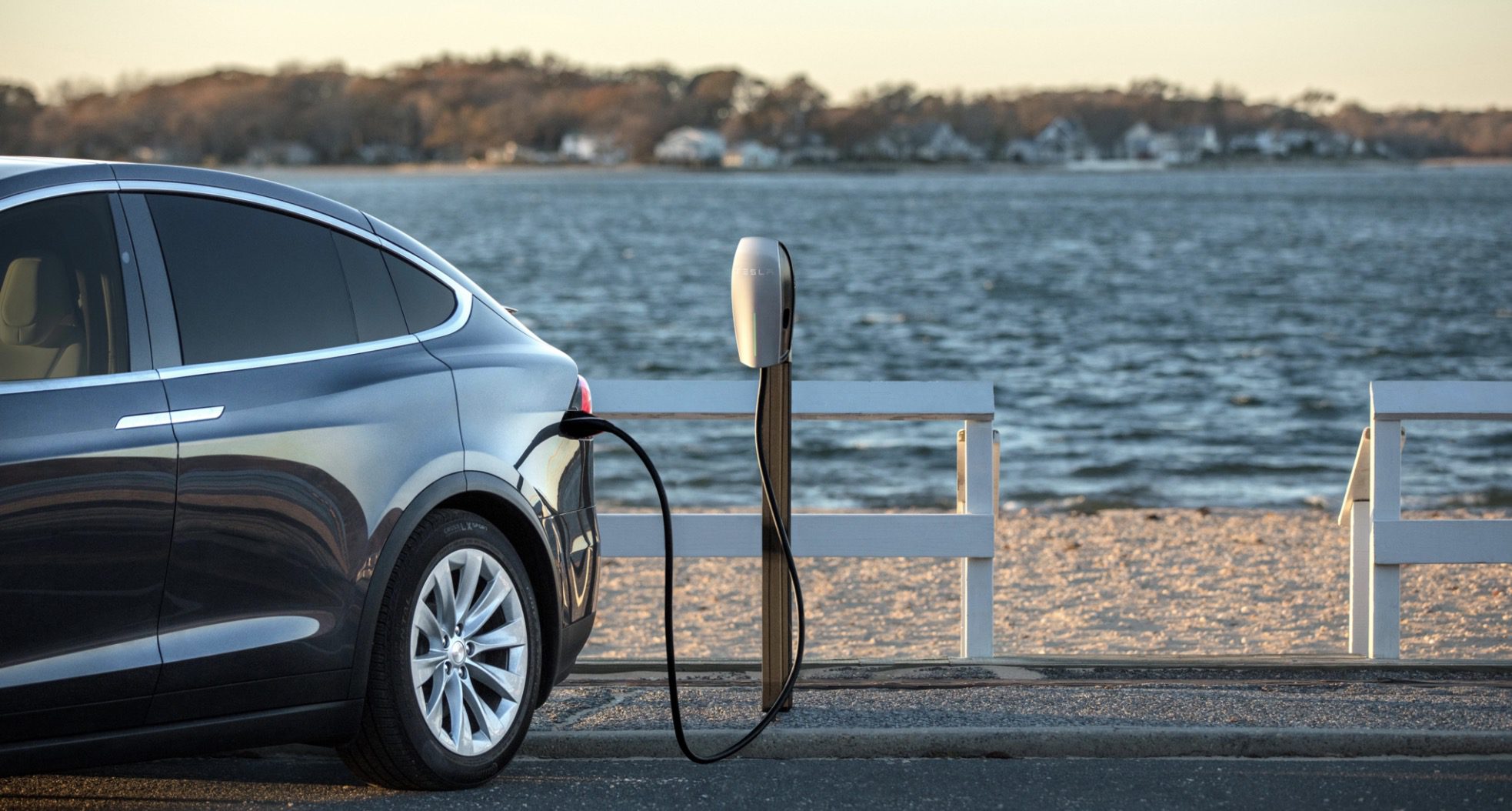
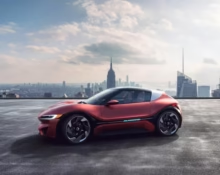

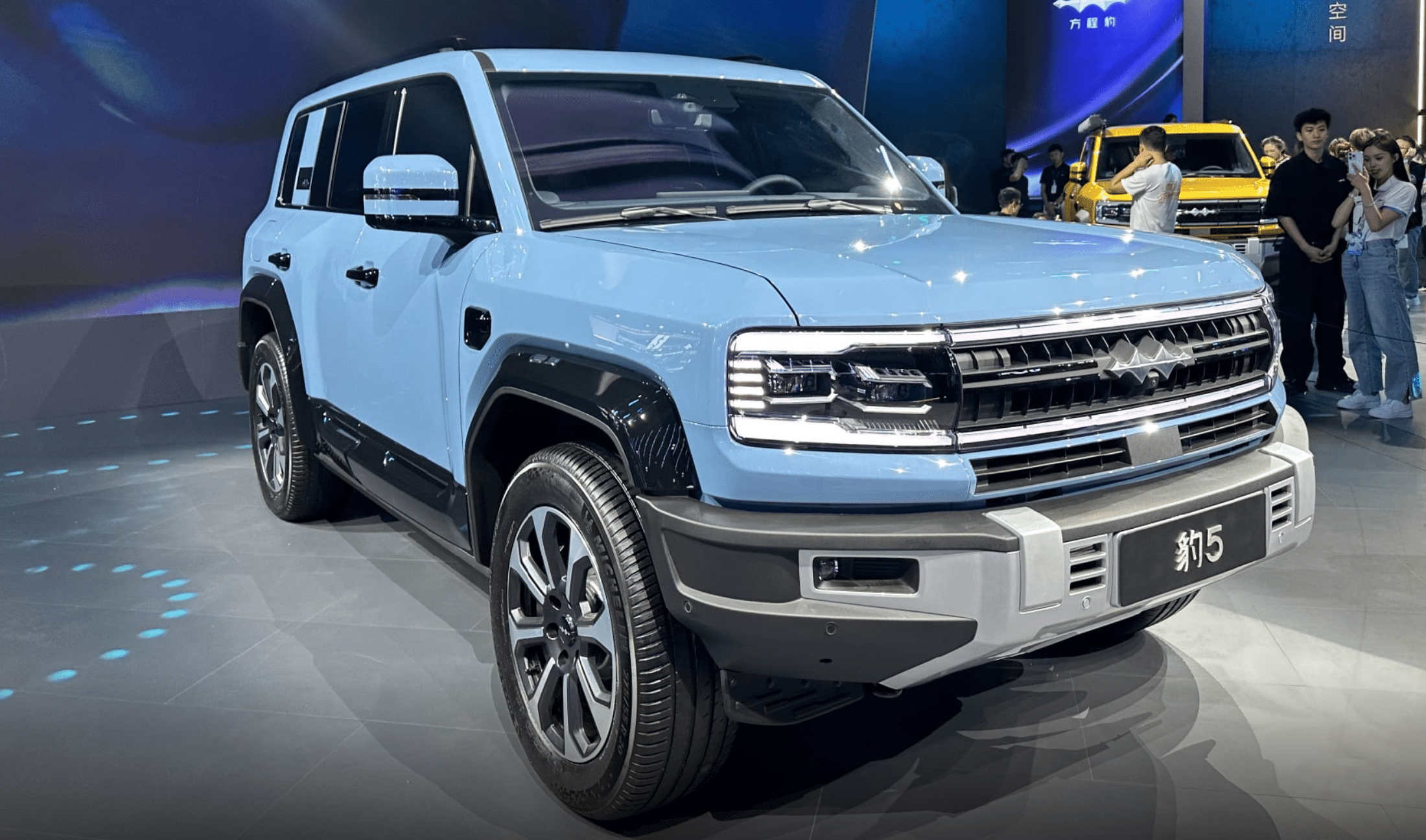
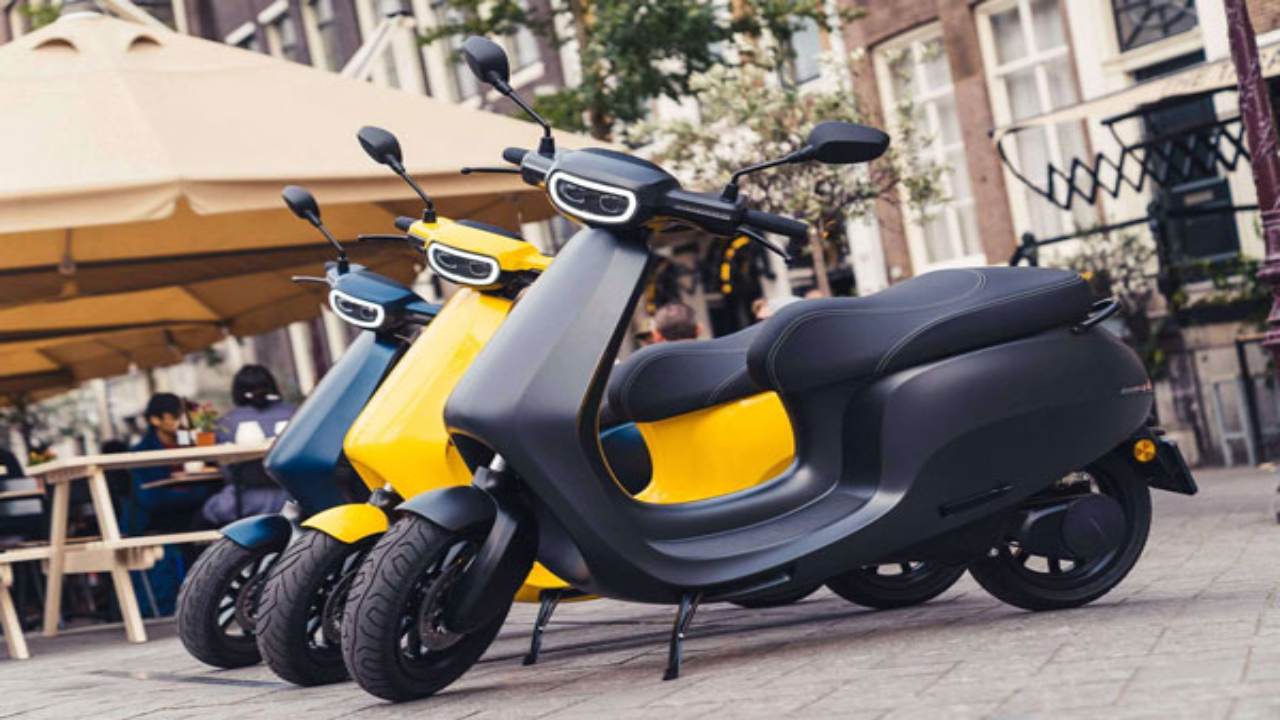

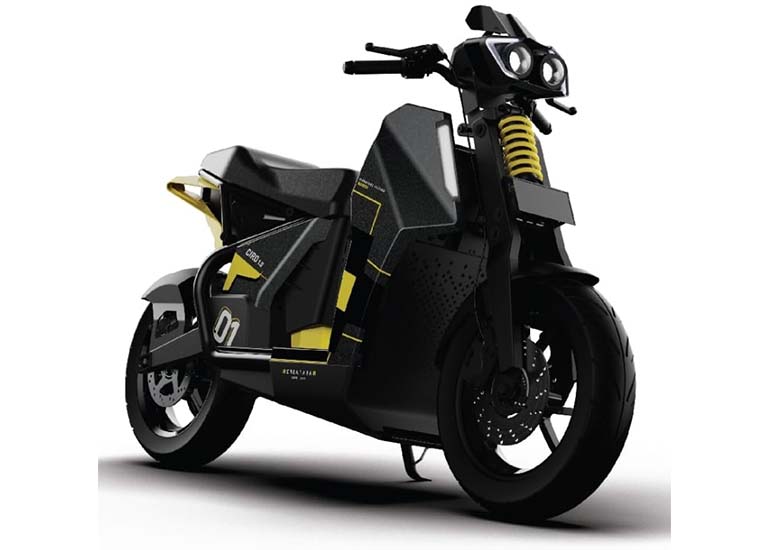
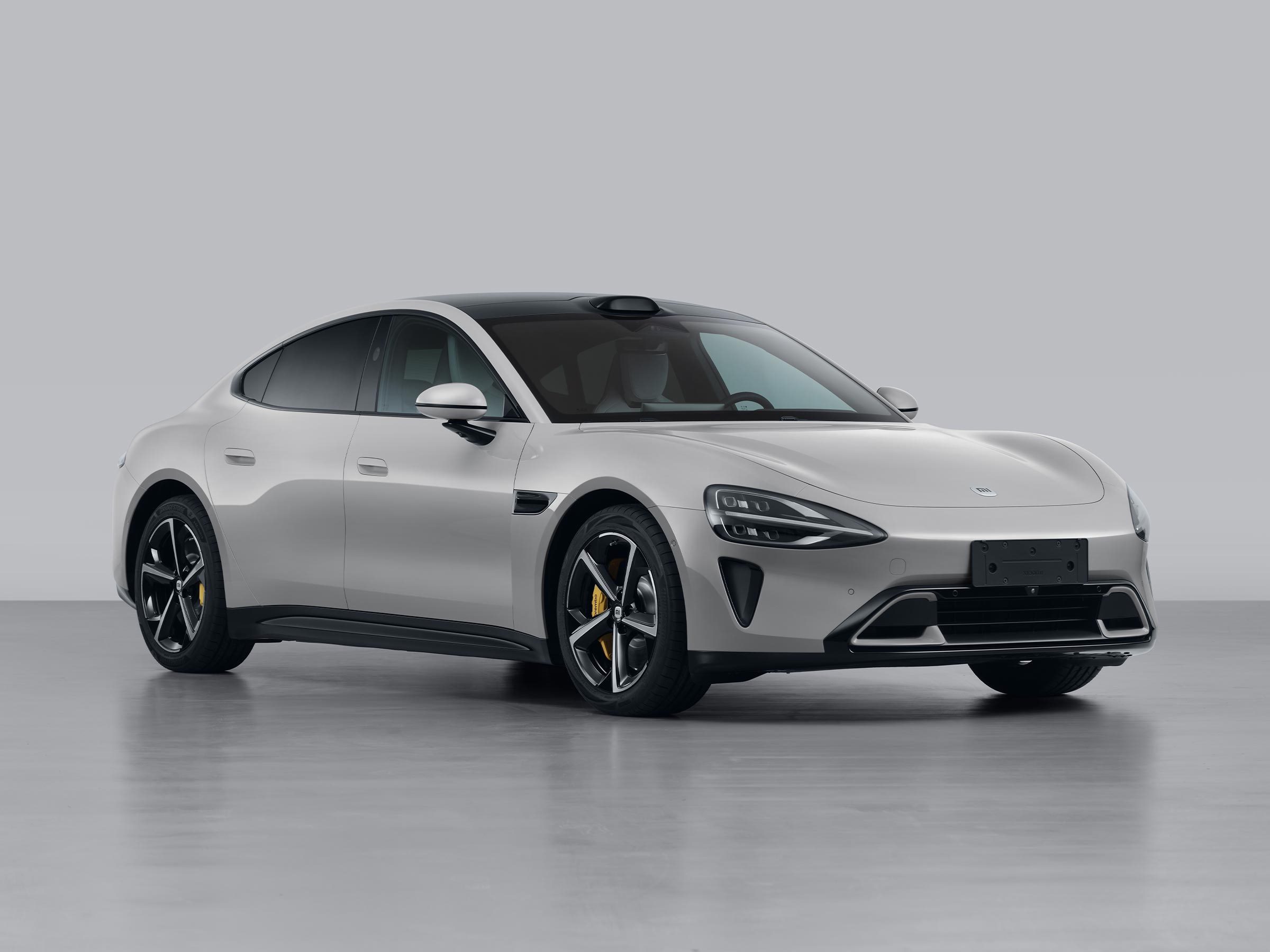

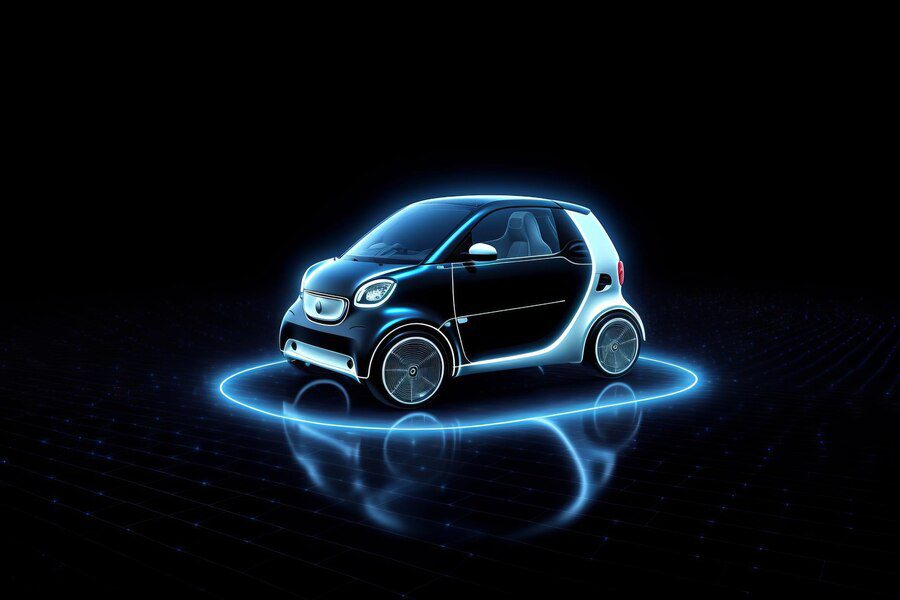
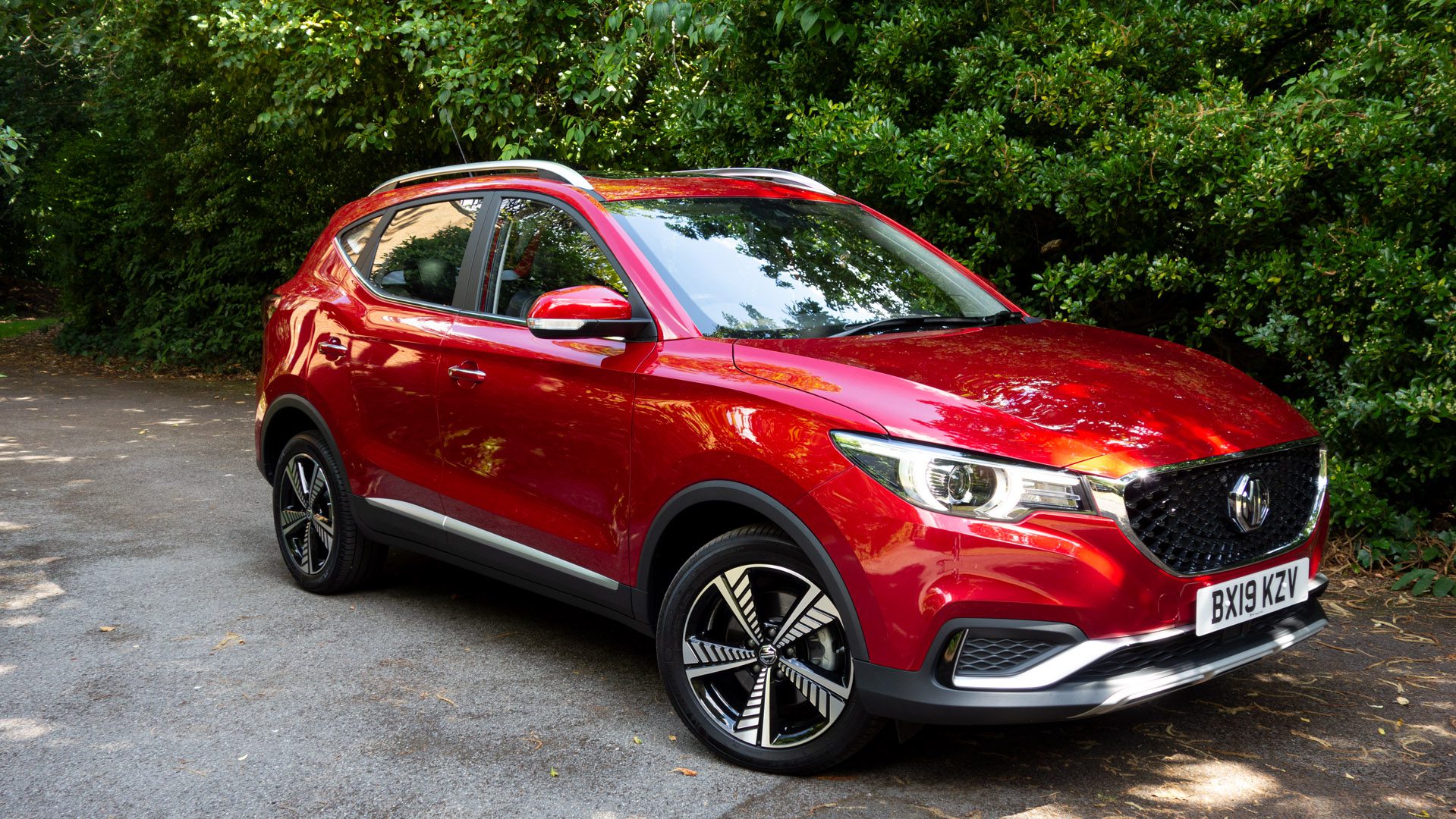
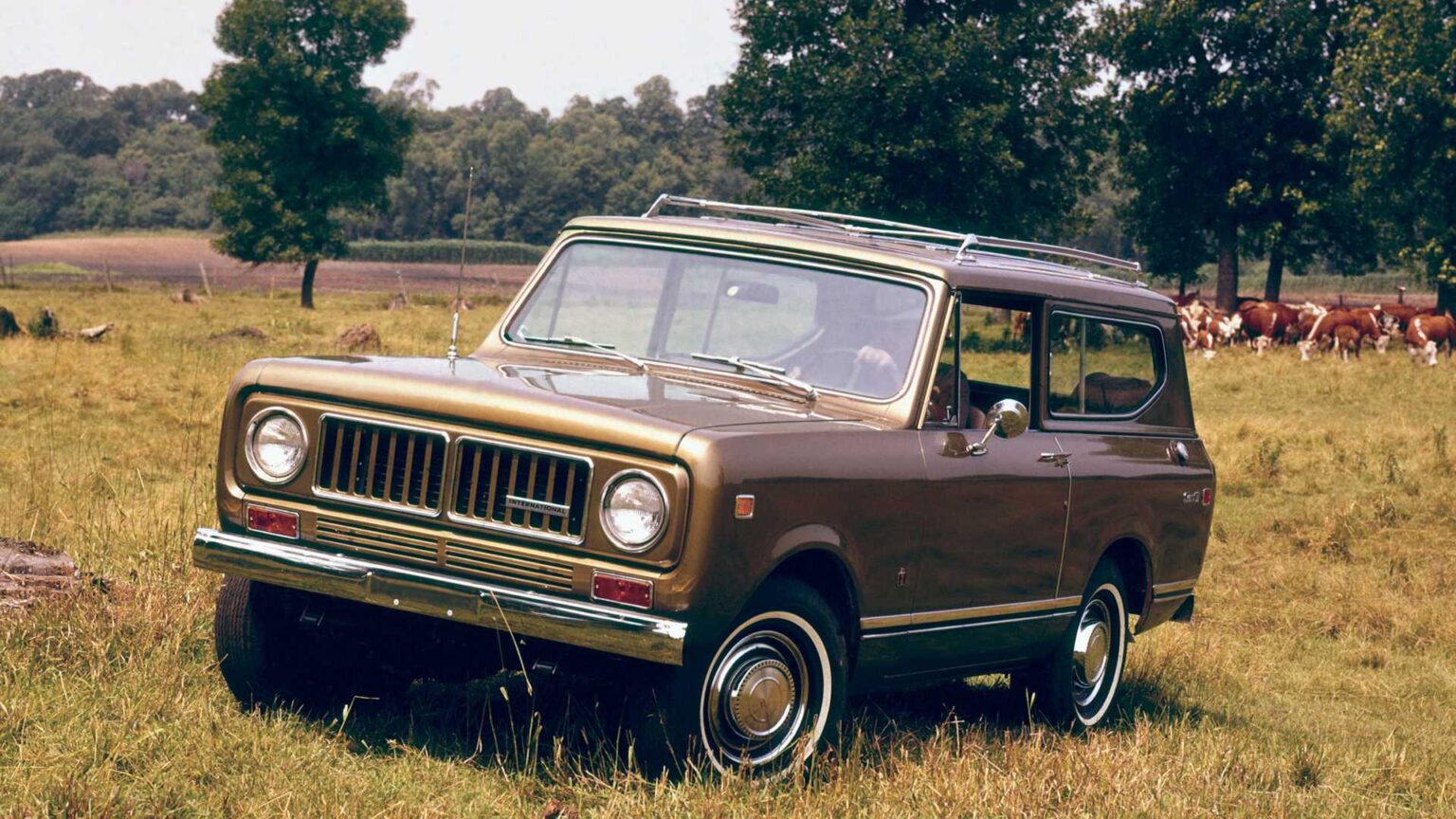



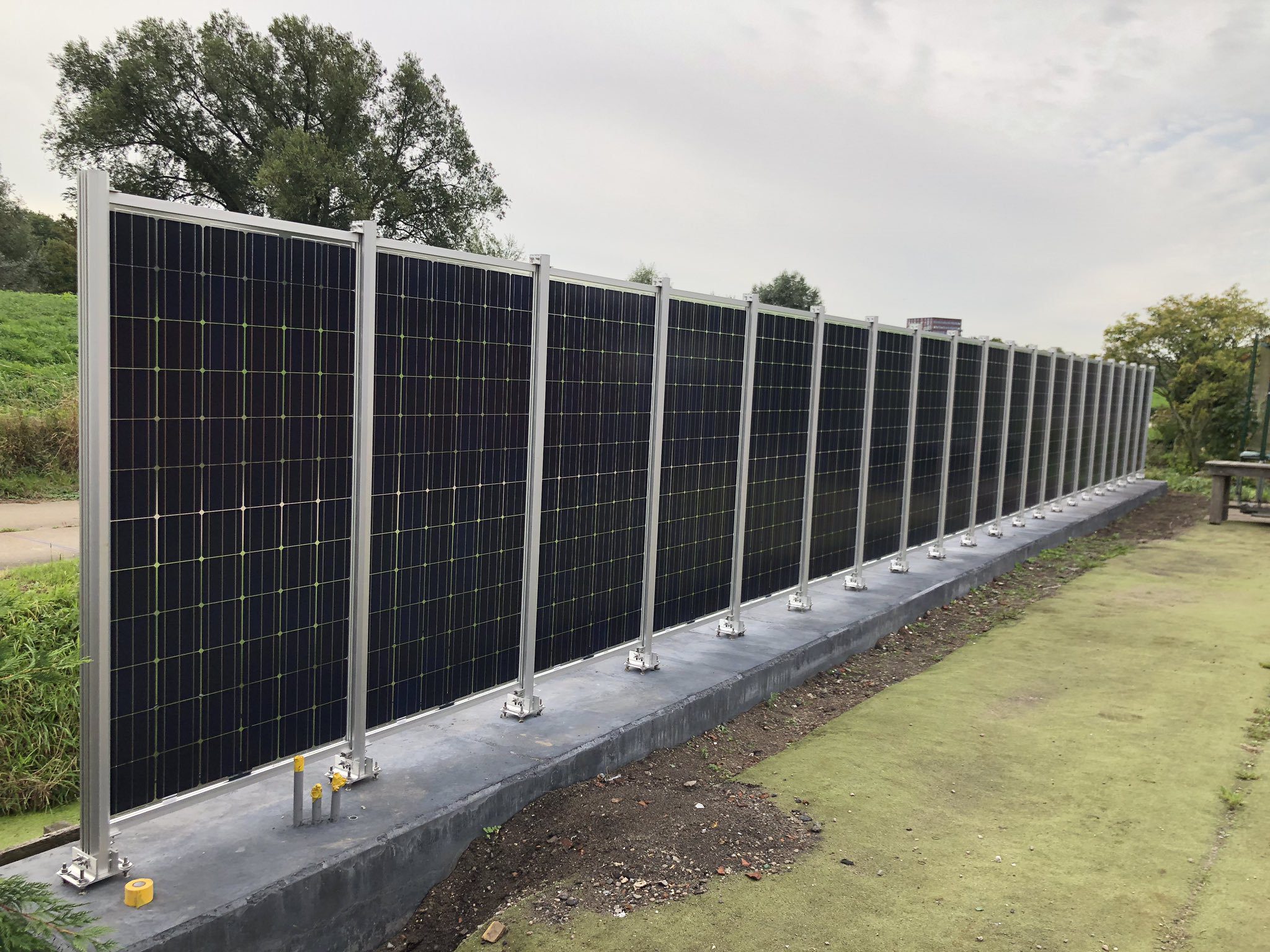

Leave feedback about this